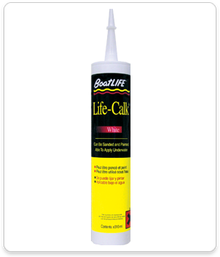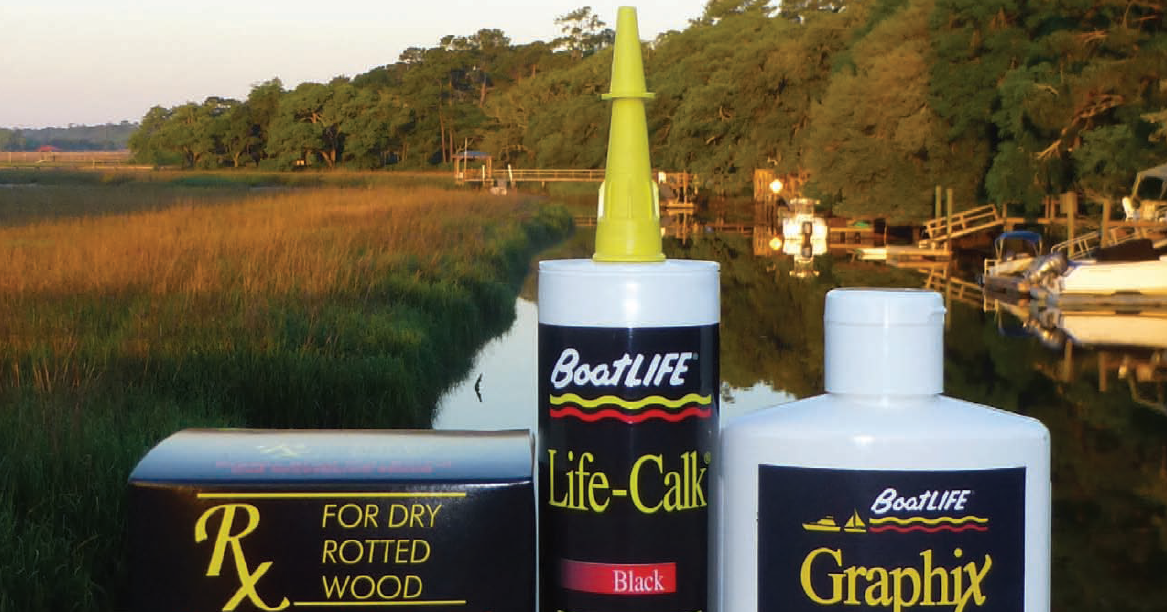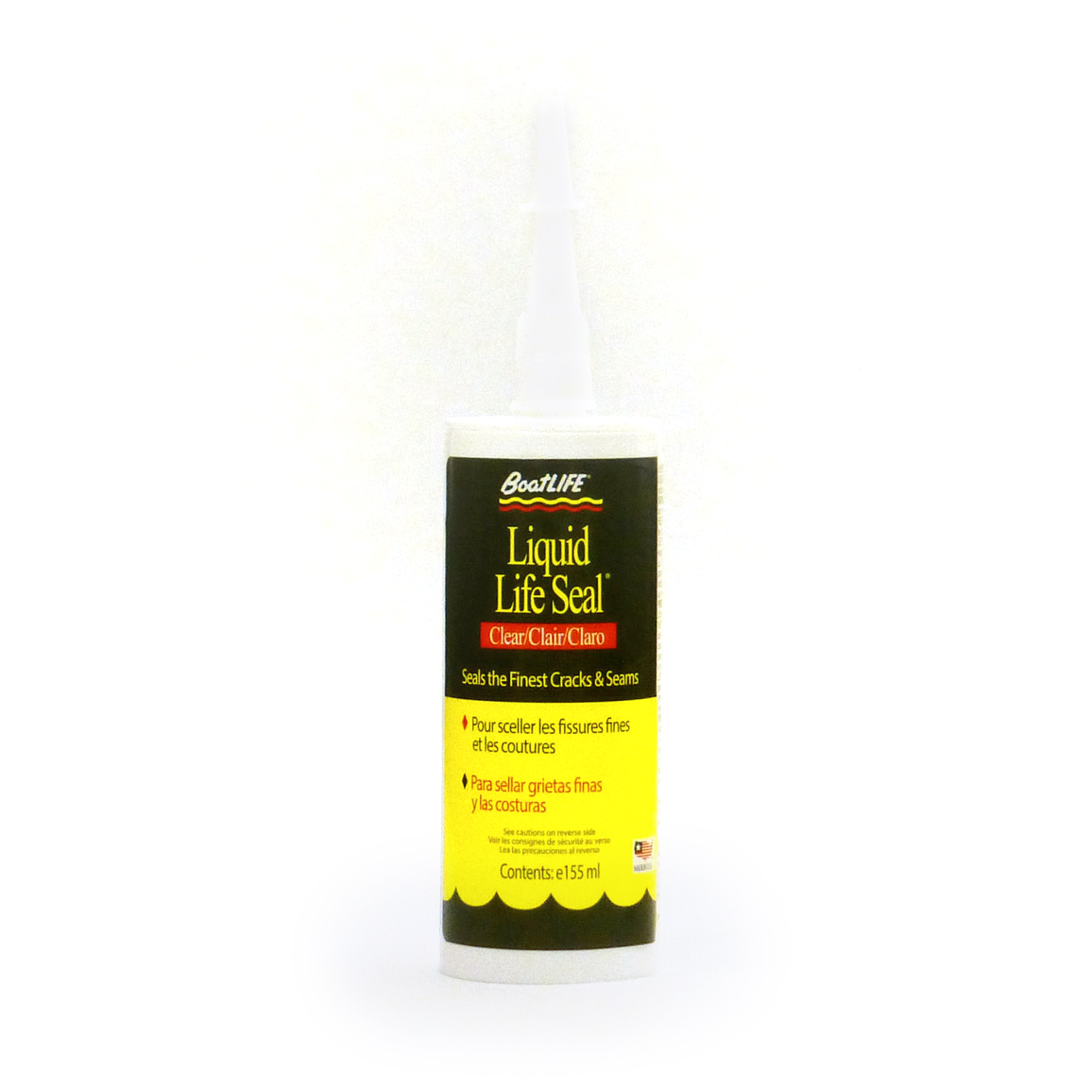
Adding fiberglass to your boat can mean adding
durability—not to mention a material that’s easy to repair. This
is especially true when comparing fiberglass to the other common materials from
which boats are constructed. What should you do if you want to do it yourself? Here’s
a quick guide on how to fiberglass a boat. We have a few key tips and
recommendations you’ll want to pay attention to.
Preparing Your Boat For
Fiberglass

As with any other process that changes your boat, it begins
with the prep work. Get the boat up on dry land and expose the hull. Clean off
the hull, being sure to remove any dust and debris that might be in your way.
This is also the time to make sure that you’re dealing with
a consistent and smooth hull. That means using Boat Sealants. Make
sure to use a sealant with a quick cure and that the resulting cure can then be
treated like the rest of the hull. You should find this information on the
label. Failing that, ask a local store owner or provider for more information. WikiHow goes into more detail
into this phase of fiberglassing your boat.
After that, give your hull another inspection. Once the cure
is set and any holes are filled, inspect for debris and clear out any that
might be in the way. This is a good time to use a Boat Cleaner to ensure
that you’re working with a clean surface that’s ready for the next steps.
WikiHow also recommends sanding the boat down to ensure you’re working with a totally
smooth surface.
Applying The
Fiberglass
Applying fiberglass typically means combining a resin and a
hardener according to its individual directions, then pouring into a paint-style
tray. Don’t skip any instructions here. The fiberglass product will tell you
exactly how to tackle this step, which is why we can’t offer any
“one-size-fits-all” steps for the mixture of resin and hardener.
- Apply the
first coat of the mixed resin. This is known as a “seal coat.” - Apply the
fiberglass cloth. Wait until the coverage is complete to move on to
applying the fiberglass cloth, which is the next layer of application. - Apply
second coat of mixed resin. After the fiberglass cloth is properly applied,
it’s time to move on to the second coat of resin. - Apply
third coat and finish coat. Add a third coat, known as the “fill coat.” Then
add one more coat of resin known as the “finish coat.” - Sand the
boat and apply protectant. Once dried, sand the hull down for smoothness,
then apply a layer of protectant once you’re finished. You can also use
multiple types of sandpaper at this point, moving from low grit to high grit. - Dry and
set. Give your boat enough time to dry and properly set. You should notice
that you have a smooth fiberglass-finished hull now, which will give you
additional protection from the marine environment.
Be careful at every step. Use the
right materials, follow the instructions of your individual products, and read
through a full set of instructions before proceeding. It doesn’t hurt to have a
few boat cleaning and maintenance products
handy to keep your new fiberglass-finished hull in top shape over the years.




